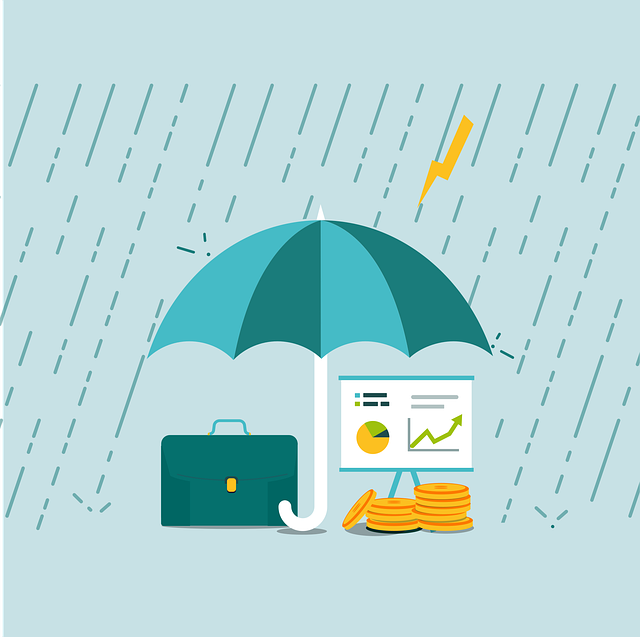This text compares two financial strategies for businesses to manage cash flow: Purchase Order (PO) financing and Invoice Factoring. PO financing offers short-term loans backed by future purchases, preserving supplier relationships and controlling payment terms, while Invoice Factoring provides immediate cash flow by selling accounts receivable at a discount to a third party. Businesses should choose based on their financial goals, considering timing, purpose, supplier dynamics, and operational complexity, aligning the method with their unique needs: PO financing for secure, vendor-aware funding during purchasing cycles or factoring for faster access to cash with flexible terms but increased complexity.
In today’s fast-paced business landscape, efficient cash flow management is crucial for growth. Understanding the nuances between purchase order financing and invoice factoring can unlock significant benefits for businesses seeking to optimize their financial strategies. This article delves into these two powerful tools, highlighting key differences, comparing advantages, and guiding businesses in making an informed choice between PO financing or invoice factoring to streamline operations and fuel expansion.
- Understanding Purchase Order Financing and Invoice Factoring
- Key Differences Between PO Financing and Factoring
- Comparing the Benefits of PO Financing vs Factoring
- Choosing Between PO Financing and Invoice Factoring
Understanding Purchase Order Financing and Invoice Factoring

Purchase order (PO) financing and invoice factoring are two distinct financial tools that businesses use to manage cash flow and unlock working capital. PO financing, also known as supply chain finance, involves a lender advancing funds against an upcoming purchase order. This method provides businesses with the capital needed to purchase goods or services before the vendor issues an invoice. On the other hand, invoice factoring allows companies to sell their accounts receivable (invoices) to a third-party factor for immediate cash flow. The factor assumes the risk of collecting the invoices from customers.
When comparing PO financing and factoring, key differences emerge. PO financing is typically structured as a short-term loan secured by the purchase order and the goods or services themselves. It offers more control to businesses since they maintain ownership of the invoices and customer relationships. In contrast, factoring involves selling accounts receivable, which can free up significant cash quickly but may result in higher costs due to fees and interest rates charged by factors. Understanding these nuances is crucial for businesses aiming to optimize their cash flow management strategies, ensuring they choose the most suitable approach based on their unique financial needs and goals.
Key Differences Between PO Financing and Factoring

When considering financial strategies for businesses, understanding the nuances between purchase order financing and invoice factoring is essential. These two methods offer distinct approaches to managing cash flow and have unique advantages and considerations.
The primary difference lies in their timing and focus. Purchase order financing involves securing funding by submitting a purchase order from a buyer. This method provides capital before the goods are shipped, catering to businesses’ needs for upfront capital to produce or procure products. In contrast, invoice factoring advances cash against an invoice once it’s issued but before it’s due. It’s more about accelerating receivables and improving immediate cash flow rather than pre-funding production or purchases. Additionally, PO financing often involves direct interaction with the buyer, while factoring deals primarily with the sale and collection of invoices, making it a less direct relationship with the end-user.
Comparing the Benefits of PO Financing vs Factoring

When comparing Purchase Order (PO) Financing and Invoice Factoring, understanding their distinct benefits is crucial for businesses looking to optimize cash flow. PO Financing offers a more direct approach by advancing funds against approved vendor invoices. This method enhances working capital and enables businesses to maintain control over their supply chain relationships. On the other hand, Invoice Factoring involves selling accounts receivable at a discount to a factor, providing immediate cash flow. While this accelerates cash collection, it may introduce a third party into the billing process, potentially impacting supplier relationships.
PO Financing caters to specific needs by aligning with the purchasing cycle, allowing businesses to manage payments based on their terms with suppliers. It preserves confidentiality since the vendor remains unaware of the financing arrangement. Conversely, Invoice Factoring offers greater flexibility in terms of payment terms and rates, catering to diverse business cash flow patterns. However, it may require a closer relationship with the factor, potentially adding operational complexity.
Choosing Between PO Financing and Invoice Factoring

When deciding between Purchase Order (PO) Financing and Invoice Factoring, businesses should consider their specific financial needs and cash flow management strategies. Both options offer unique advantages in terms of improving cash flow and providing working capital, but they operate differently.
PO financing is ideal for businesses looking to secure funding against outstanding POs with reputable suppliers. It allows companies to access immediate working capital without disrupting their accounts receivable process. On the other hand, invoice factoring is a more direct approach where businesses sell their invoices (unpaid customer bills) to a third-party factor for immediate cash flow. Factoring can be beneficial when businesses require faster access to funds or have uneven cash flow patterns. Understanding these differences is crucial in making an informed decision that aligns with the company’s financial goals and strategies.
